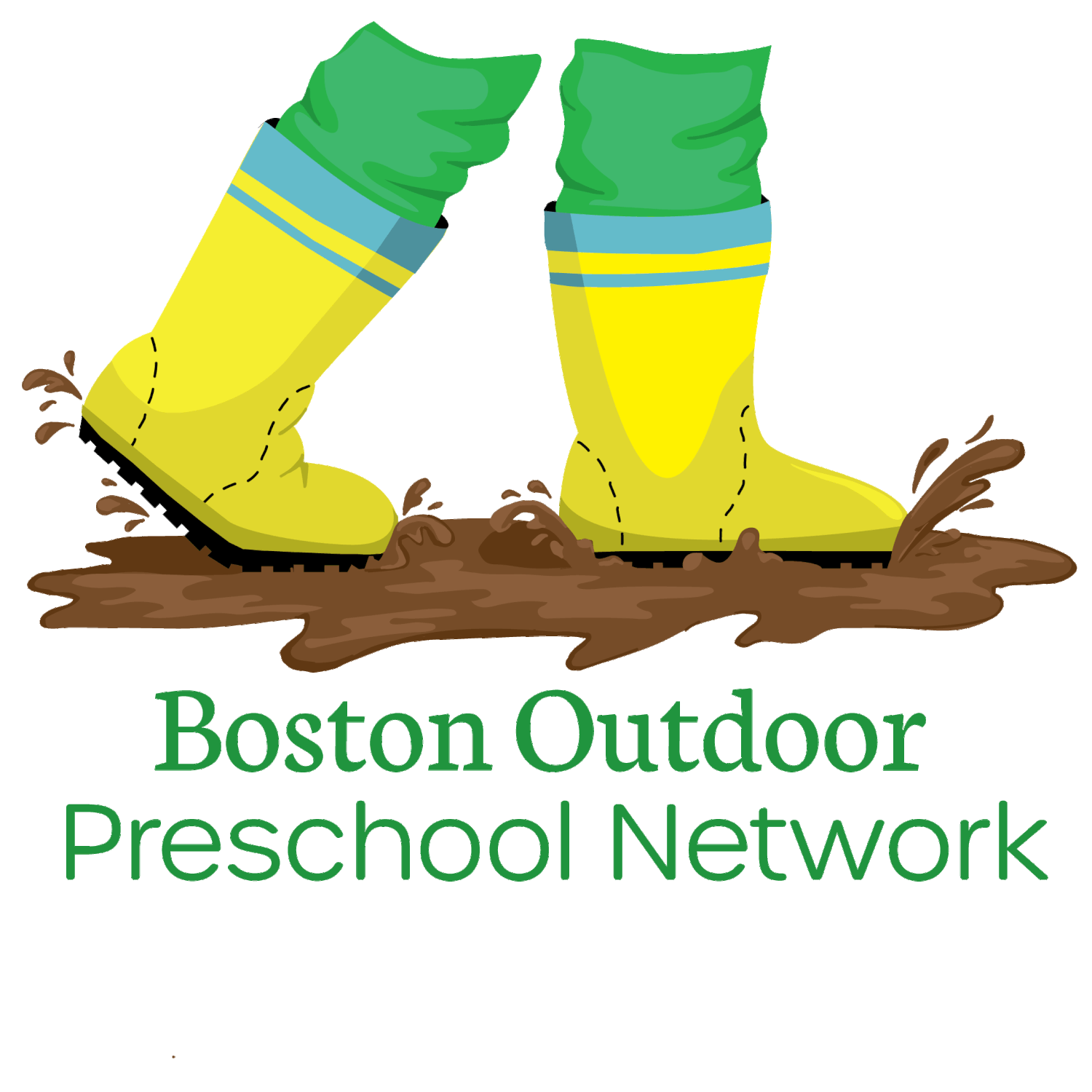The Importance of Stick Play
A student at MassHort is using a stick to make mud soup.
By: Julia Sappenfield
Being an outdoor preschool, we make use of any material that we can find outside. That includes sticks!
Sticks are by far the most desired tool in our program. There are so many different ways to use them. For example, to dig holes, to measure how deep a puddle is, to write or draw in the dirt or to build shelters with.
They spark children’s imagination when they become wands, fishing rods or cooking spoons to make mud soup with. We’ve seen them being used as drum sticks, hammers, saws and claws. The possibilities are endless.
Not only are sticks amazing for imaginative play, they are also great for developing fine and gross motor skills. The children’s muscles are constantly engaged by moving, lifting, dragging and holding sticks. Furthermore, the children are learning to be aware of their personal space because they are now responsible for handling their stick in a safe manner which includes to look out for other children around them.
Of course, we have some rules about sticks, or as we like to call them agreements. In our school sticks can not be used as weapons and you can not hit anyone or any living object with a stick. And if a stick is taller than you, you need to ask a second person to help you move it. We love this last agreement because it not only teaches them how to communicate and cooperate with each other, it also gives them the opportunity to practice math in a meaningful way by comparing the stick to their own height.
Sticks have become a very important part of our daily play and we look forward to seeing more and more ways of how to use them.

